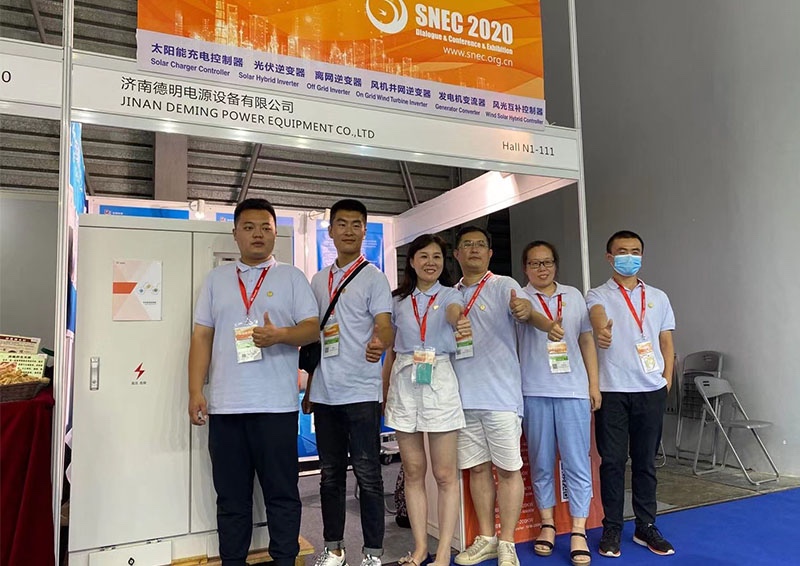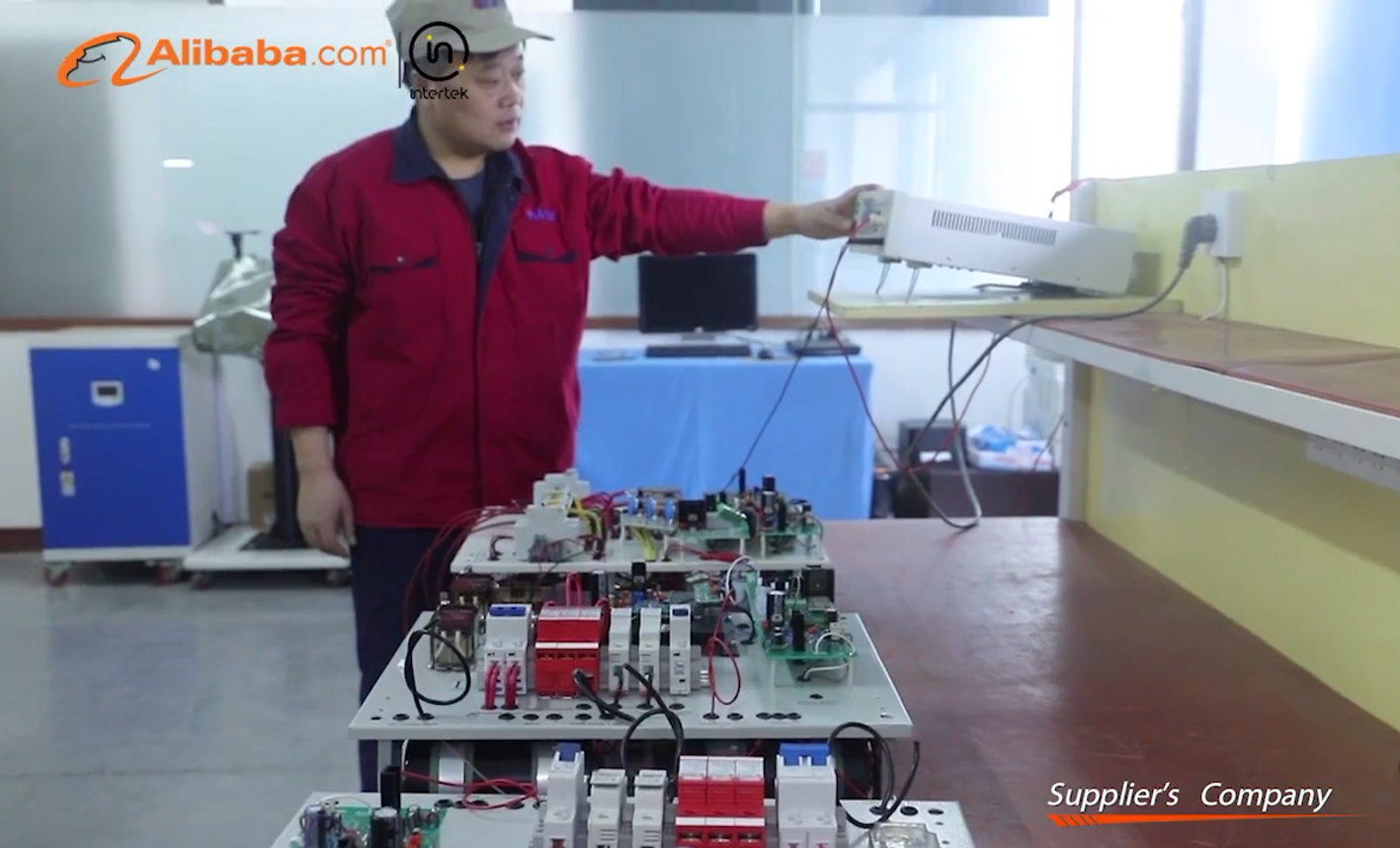
Bidirectional DCDC High Efficiency Vanadium Redox Flow Battery Balancing Module CE TUV Certification
Professional R&D Team
We are a focus on manufacture of off-grid inverters team with professional R&D capabilities.
Strict Quality Control
We have strict quality control to ensure that each inverter passes the aging quality test before delivery.
Assured Service
We offer after-sales video guide maintenance,response within 24 hours.
- DM
- shandong, China
- 15 days
- 100pcs/month
- Information
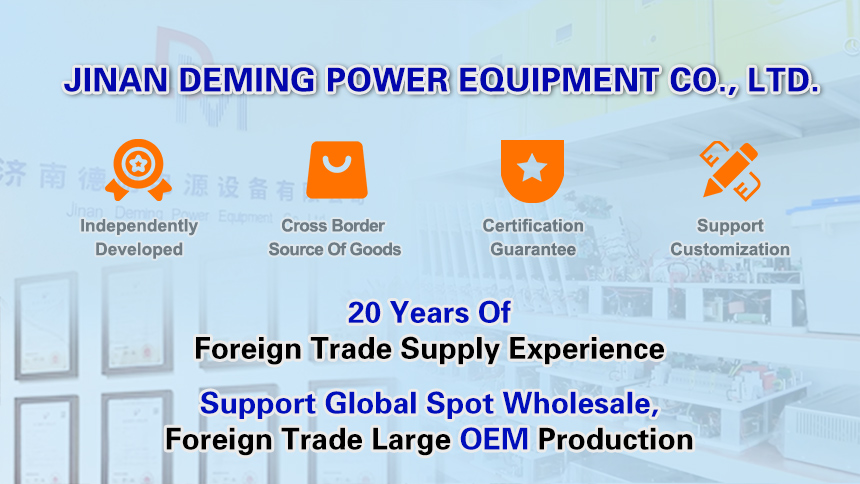

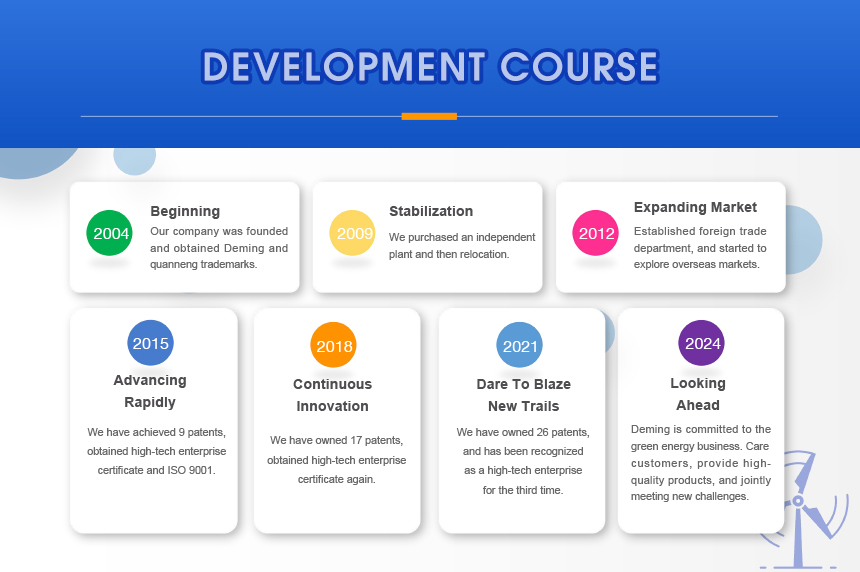

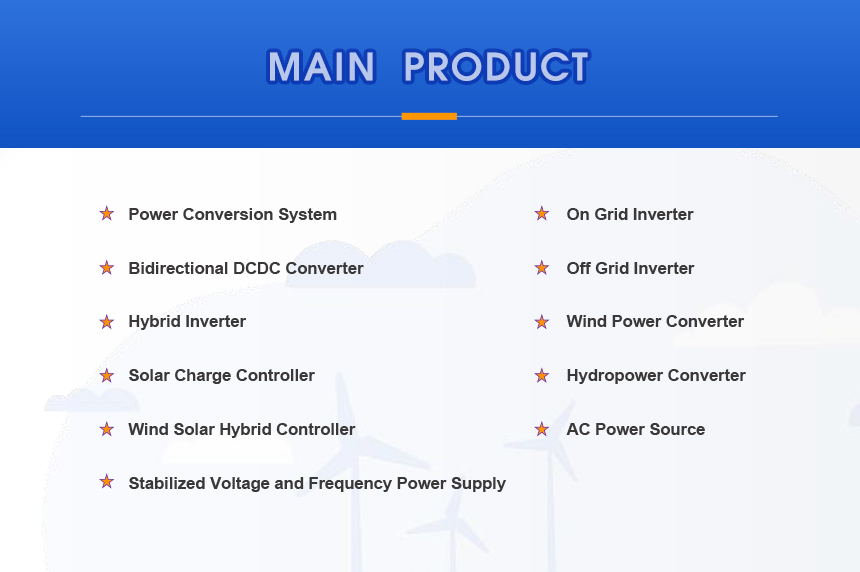

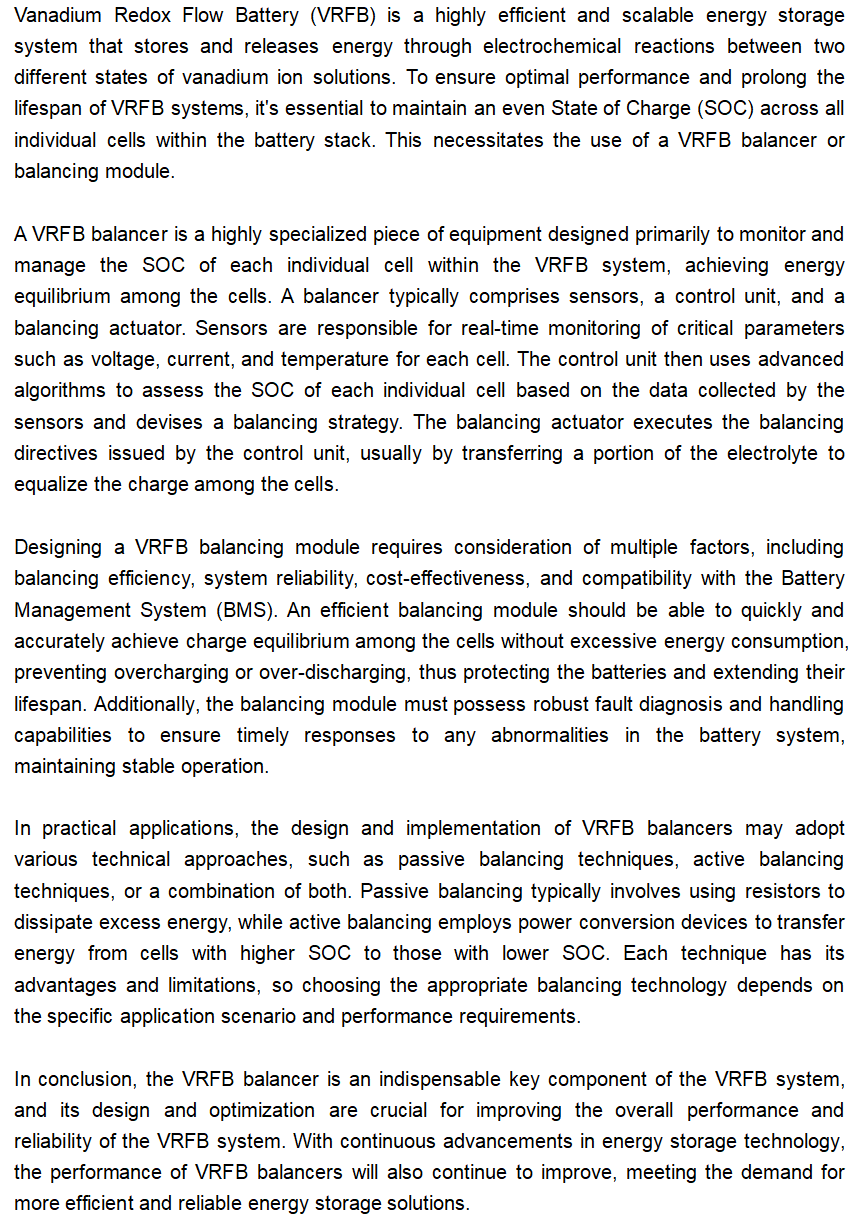

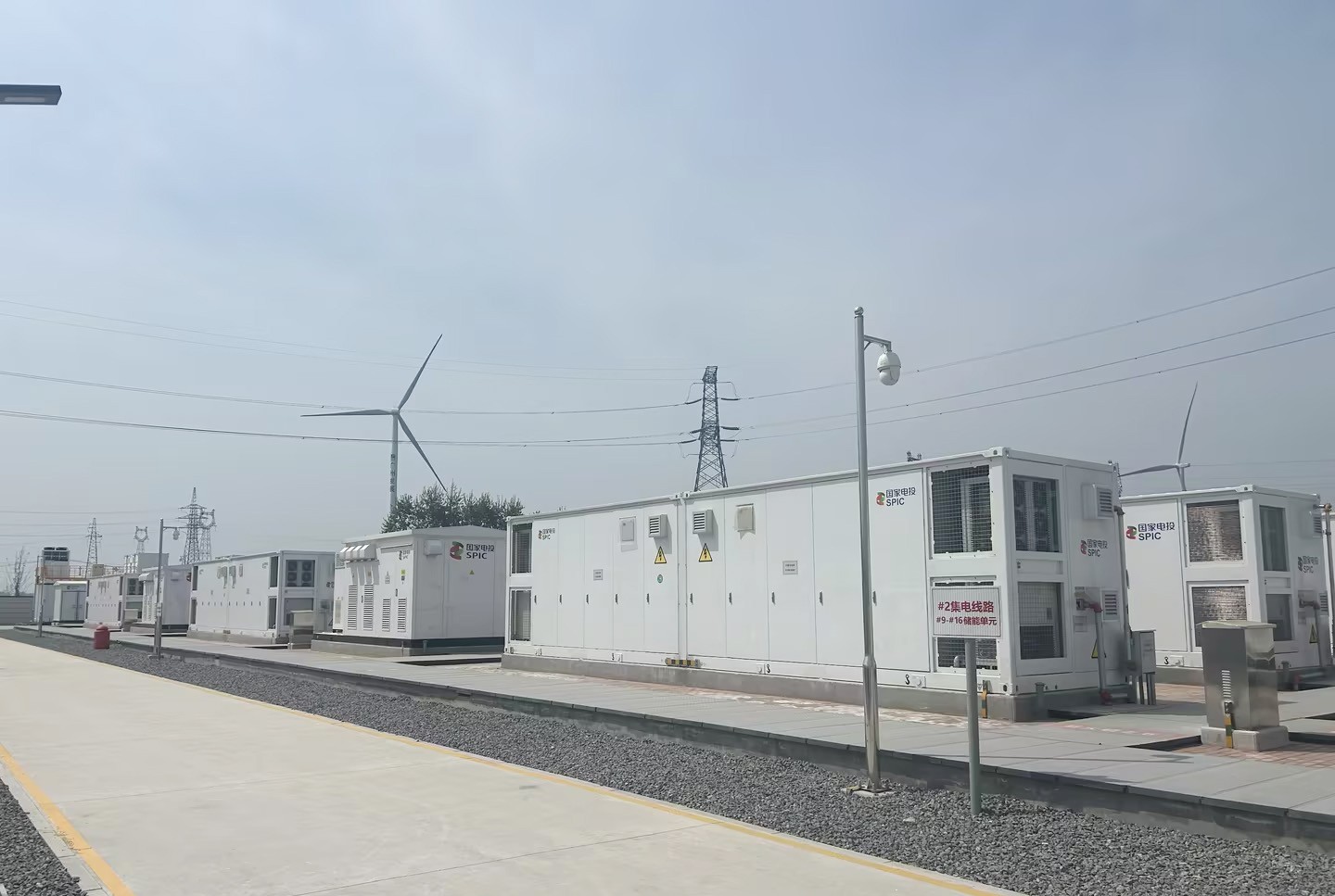

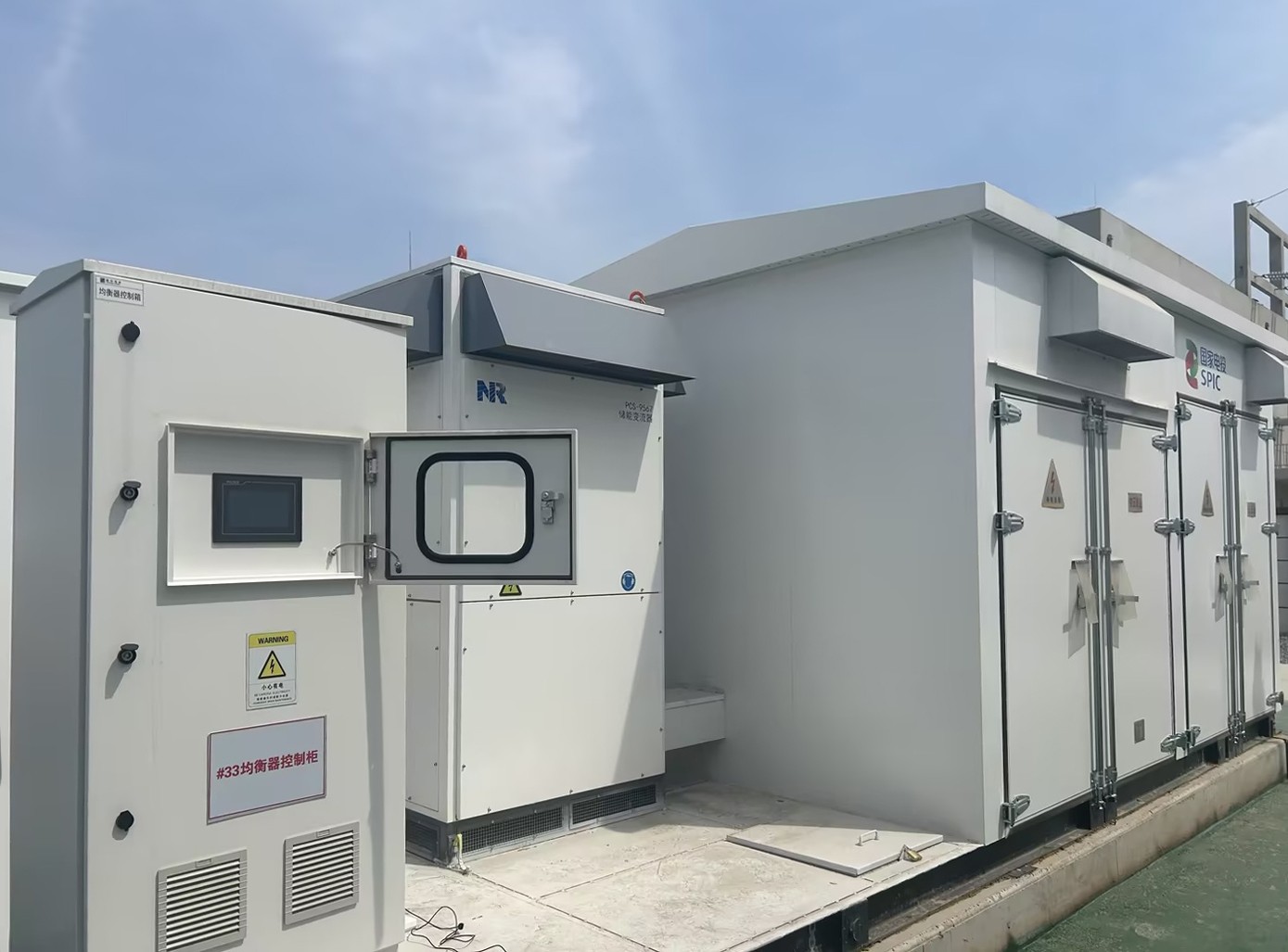
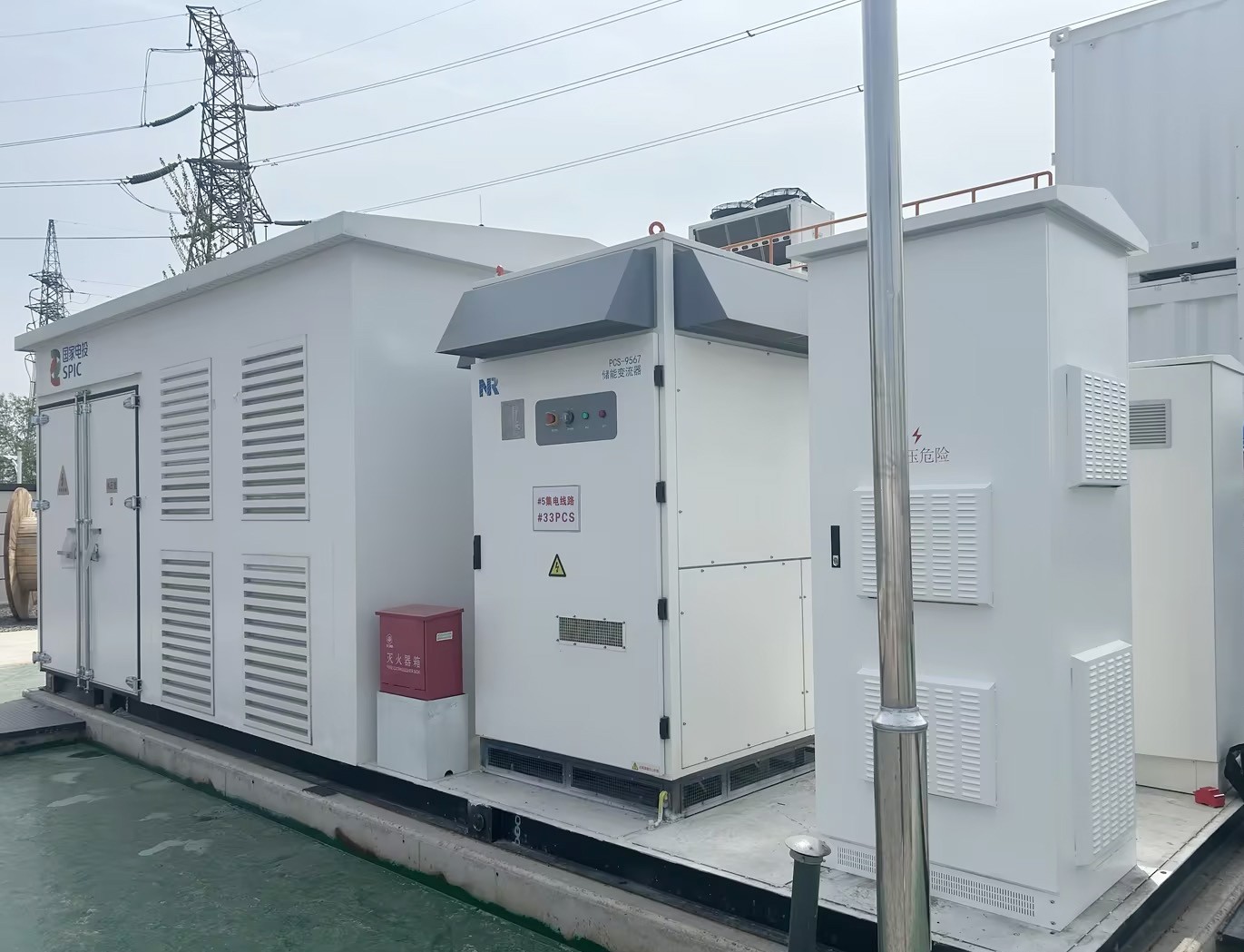
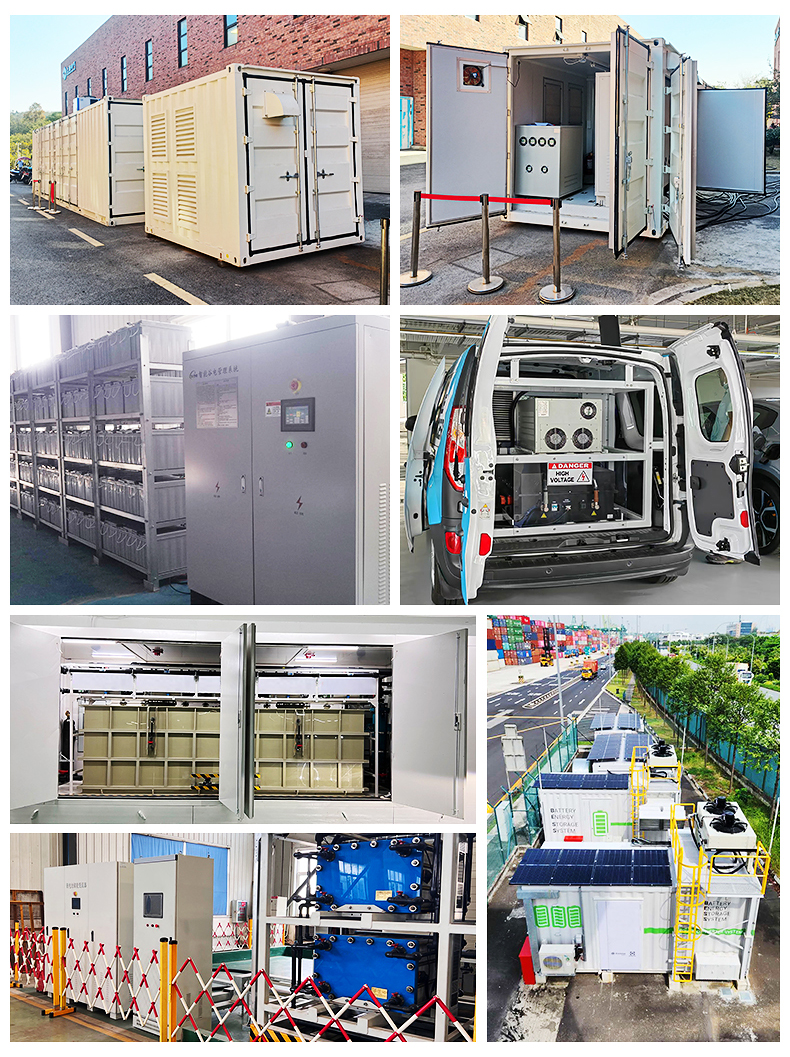

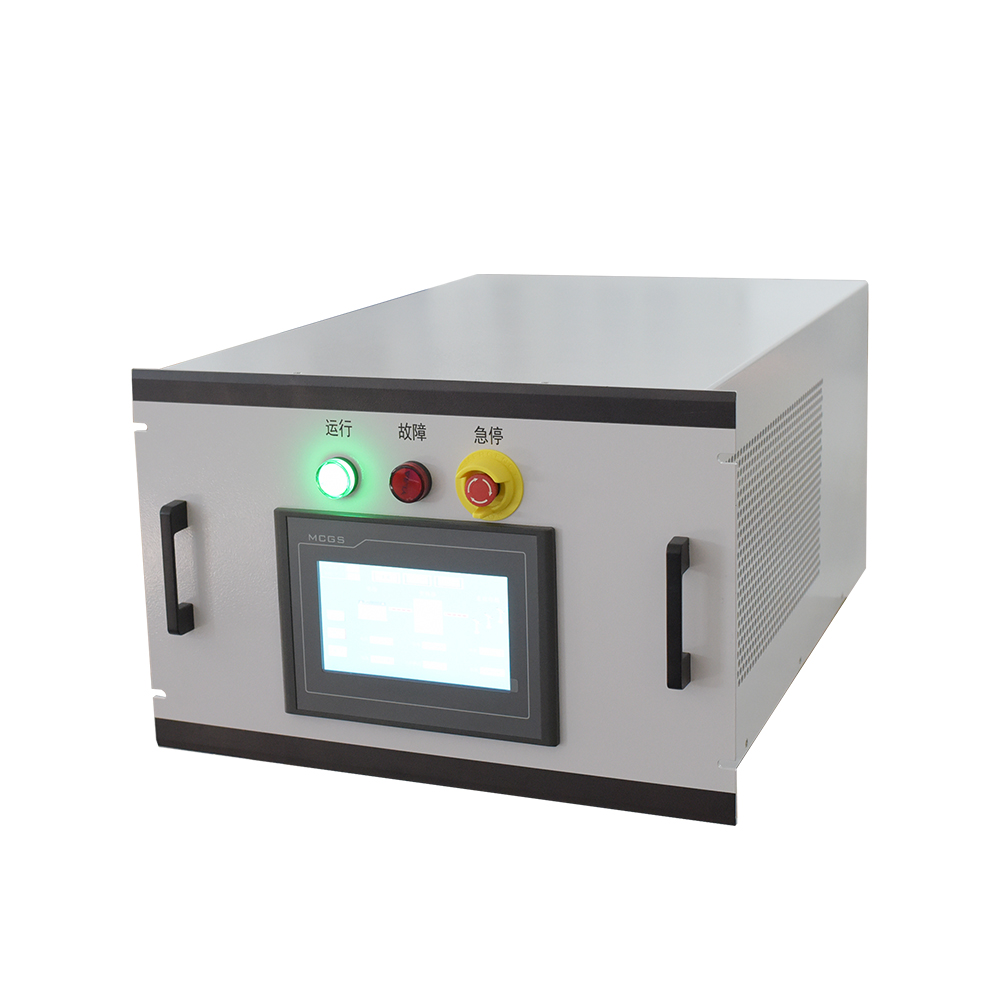



Vanadium Redox Flow Battery (VRFB) is a highly efficient and scalable energy storage system that stores and releases energy through electrochemical reactions between two different states of vanadium ion solutions. To ensure optimal performance and prolong the lifespan of VRFB systems, it's essential to maintain an even State of Charge (SOC) across all individual cells within the battery stack. This necessitates the use of a VRFB balancer or balancing module.
A VRFB balancer is a highly specialized piece of equipment designed primarily to monitor and manage the SOC of each individual cell within the VRFB system, achieving energy equilibrium among the cells. A balancer typically comprises sensors, a control unit, and a balancing actuator. Sensors are responsible for real-time monitoring of critical parameters such as voltage, current, and temperature for each cell. The control unit then uses advanced algorithms to assess the SOC of each individual cell based on the data collected by the sensors and devises a balancing strategy. The balancing actuator executes the balancing directives issued by the control unit, usually by transferring a portion of the electrolyte to equalize the charge among the cells.
Designing a VRFB balancing module requires consideration of multiple factors, including balancing efficiency, system reliability, cost-effectiveness, and compatibility with the Battery Management System (BMS). An efficient balancing module should be able to quickly and accurately achieve charge equilibrium among the cells without excessive energy consumption, preventing overcharging or over-discharging, thus protecting the batteries and extending their lifespan. Additionally, the balancing module must possess robust fault diagnosis and handling capabilities to ensure timely responses to any abnormalities in the battery system, maintaining stable operation.
In practical applications, the design and implementation of VRFB balancers may adopt various technical approaches, such as passive balancing techniques, active balancing techniques, or a combination of both. Passive balancing typically involves using resistors to dissipate excess energy, while active balancing employs power conversion devices to transfer energy from cells with higher SOC to those with lower SOC. Each technique has its advantages and limitations, so choosing the appropriate balancing technology depends on the specific application scenario and performance requirements.
In conclusion, the VRFB balancer is an indispensable key component of the VRFB system, and its design and optimization are crucial for improving the overall performance and reliability of the VRFB system. With continuous advancements in energy storage technology, the performance of VRFB balancers will also continue to improve, meeting the demand for more efficient and reliable energy storage solutions.



















